I truly appreciate how genre elements that have become a staple of horror and fantasy—vampirism, werewolf transformation, or zombie apocalypse—are being rendered through a realistic, or even semi-realistic, lens, where a different umbrella of genre storytelling, like drama, would drive the plot until the eventual turn of the movie, with a slow explosion of genre elements petering out, recontextualizing the events that had come before.
At least, that’s the plan in theory. For director Pedro Kos, the filmmaker behind documentaries like “Rebel Hearts” and “Lead Me Home,” the shift from non-fiction to fiction, but with a very grounded bent, comes easy to him. It is especially easier to shift because he utilizes the found-footage horror genre through a documentary filmmaking lens. Filmmaker Emily Wyland (Brittany O’Grady) teams up with cinematographer Danny (EJ Bonilla) to shoot an intimate documentary about reconciling with Emily’s estranged mother after almost a decade.
Her mother, Sam Wyland, has ostensibly broken free of her addiction and is currently working at a rehab clinic under the tutelage of Ana Stuart (Krisha Fairchild). However, during the interview portions of the documentary, the strained relationship between Sam and Emily boils to the surface, leading to a pause in their filmmaking. The next morning, Emily finds her mother as having disappeared, and soon sinister clues and patterns begin to emerge while questioning the inhabitants at the rehab center, as well as with the inhabitants of the town, that tease a far murkier underbelly.
In one of the earlier sequences, Danny remarks about the beauty of the cinematography of the footage. It isn’t hyperbole. The cinematography for “In Our Blood” is remarkably good, a deviation within the found-footage genre that favors grain and grit over aesthetic beauty. Kos, because of his experience in shooting non-fiction, also takes time to explore and even impart reasons for the change of footage from a handheld camera to a mobile camera. Through that, the screenplay also questions the ethics of shooting documentaries, even the ones classified as “intimate.”
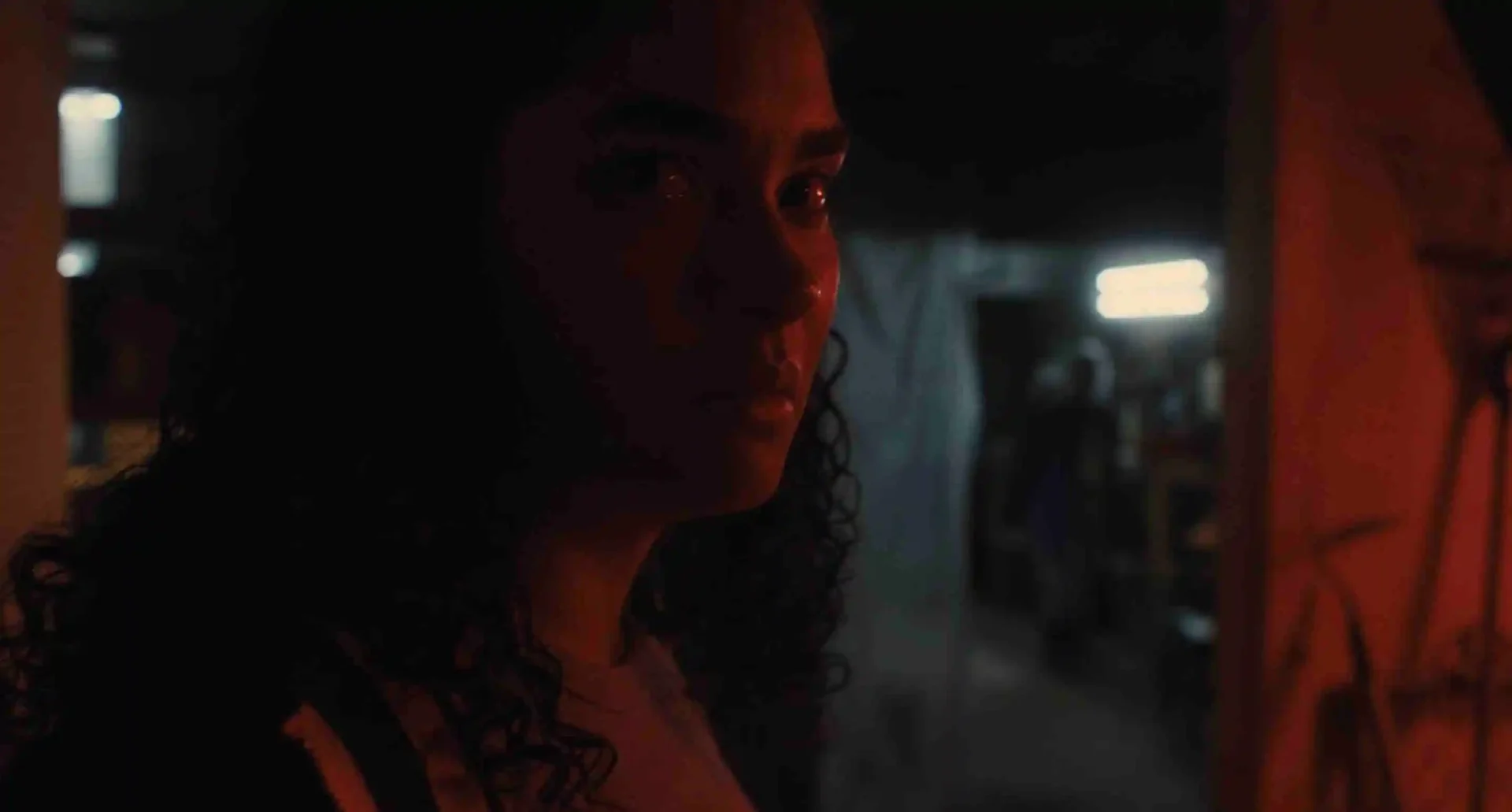
How much personal footage is deemed too personal to be shown in the final product? How much should an independent documentary team push forward under the director’s obsession until the director forgets the individuality of the team under him? These are interesting questions that are being included within the narrative through conversations rather than exposition, and that is fascinating from a character standpoint.
Credit should be afforded to the screenwriters (Steven Klein, Aaron Kogan, Mallory Westfall, and Clay Tweel) and the director that the central mystery about the disappearance of Sam is very engaging. The procedural aspect of the investigation dovetails very well into a commentary about the immigrant experience, especially with regards to the serial disappearance of a specific section of the populace—the addicts, the people experiencing homeless, as well as the unregistered immigrants—as pointed out dispassionately by the character of Ana, especially in the third act, as the revelation of the “true genre” of the film finally unfolds.
I am being cagey about the details of the revelation because the movie handles the shock aspect of the revelation rather well. The revelation in a vacuum works well in integrating a genre element into real-life social issues, pushing one of the primary ethoses of well-done horror to the forefront. It also works because the performances of O’Grady, Bonilla, and Fairchild are uniformly sound, though Fairchild’s performance towards that final act is a bit too disbelieving when she is trying to fit the septuagenarian badass mold, similar to Lin Shaye’s performance in the Insidious films.
The best twists in movies work not just in shocking the audience and retroactively rewarding them for sticking around for the story until the end but also in contextualizing the entire movie. That is not the case here. The last ten minutes deliver a twist that could only be categorized as absurd, perhaps because it hasn’t been seeded subtly throughout the narrative that resultant callbacks would provide a narrative sense.
The twist consequently expands the world and pushes the movie squarely into the genre forefront. While I am a strong advocate for world-building, the movie doesn’t spend enough time on it to register and marinate for the audiences. It rushes forth, teasing an eventual sequel, with lore being teased; that would have been exciting if it had been presented interestingly. Instead, the twist leaves audiences with a confused afterglow and unfavorably causes the entire movie to ultimately fall with a thud.




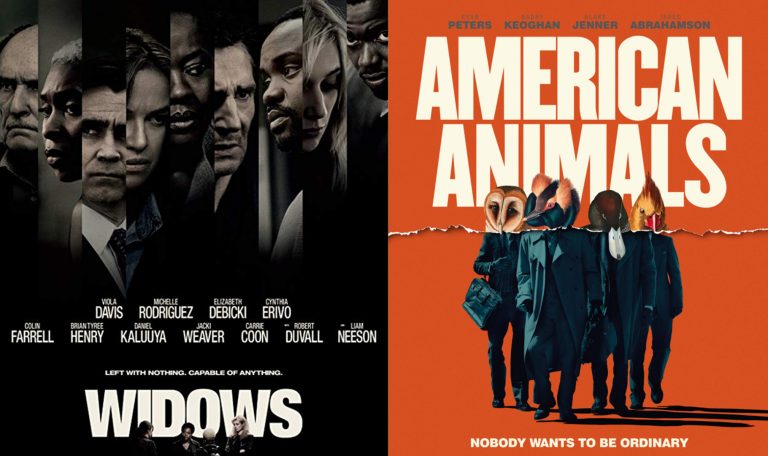
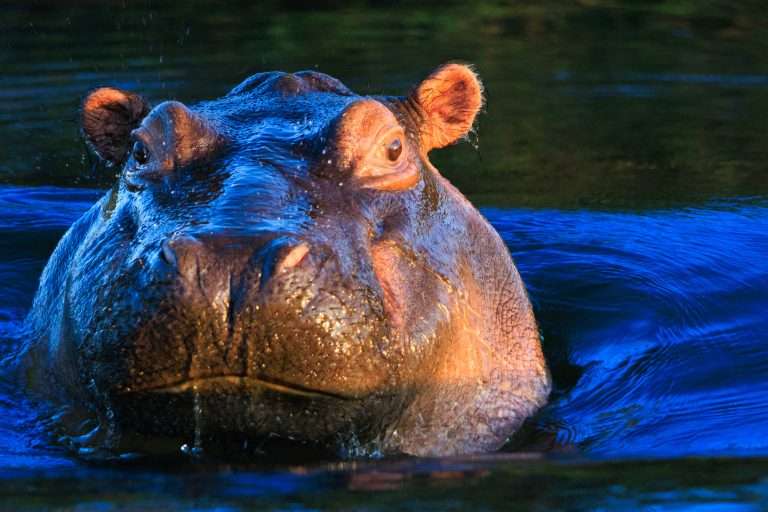
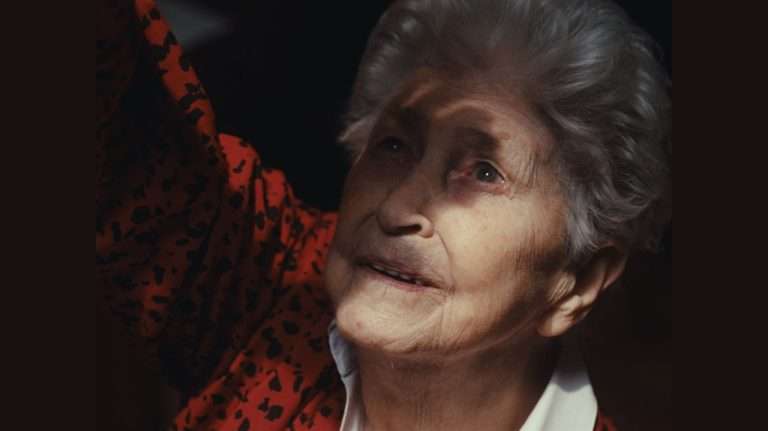

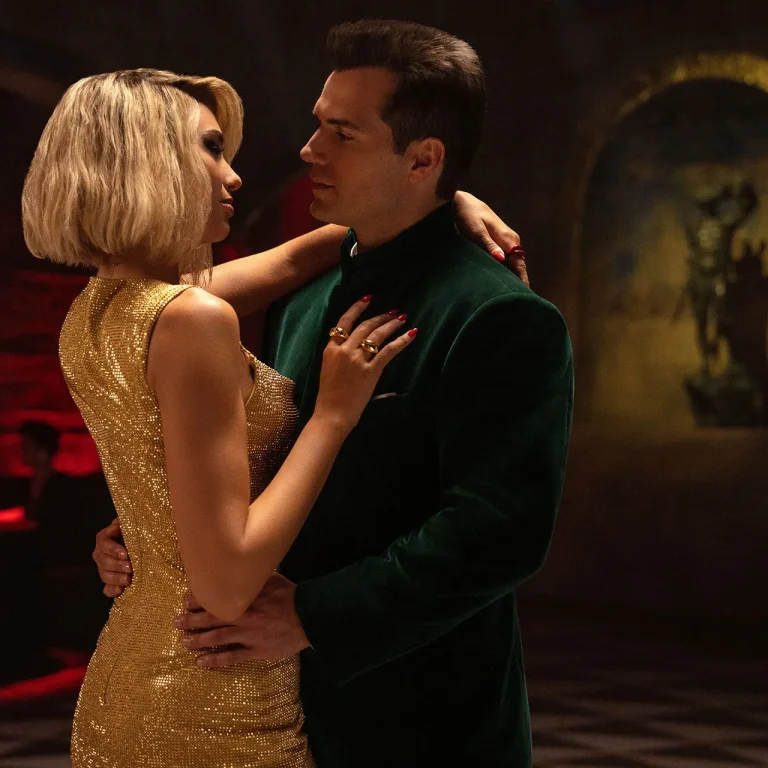
![Super Deluxe Netflix [2019] Review: Super but not deluxe](https://79468c92.delivery.rocketcdn.me/wp-content/uploads/2019/07/Super-Deluxe-highonfilms1-768x341.jpg)